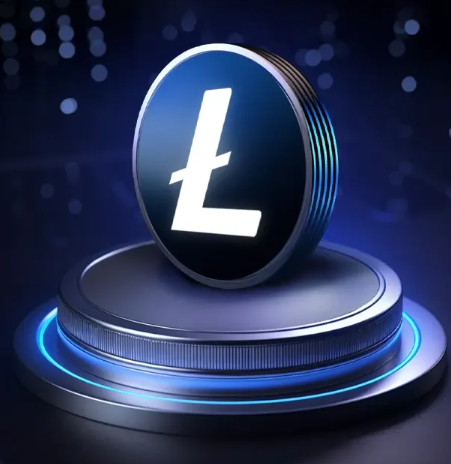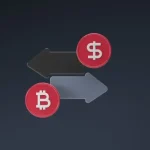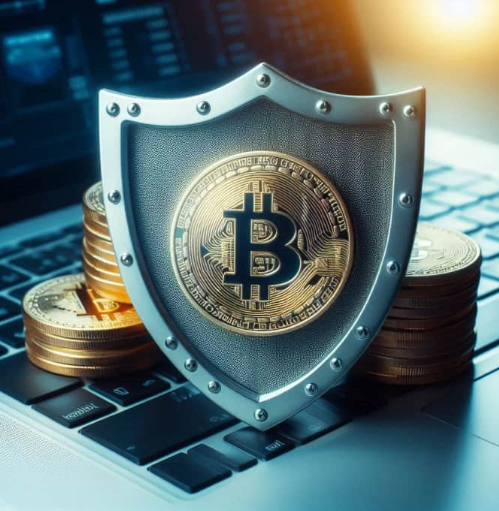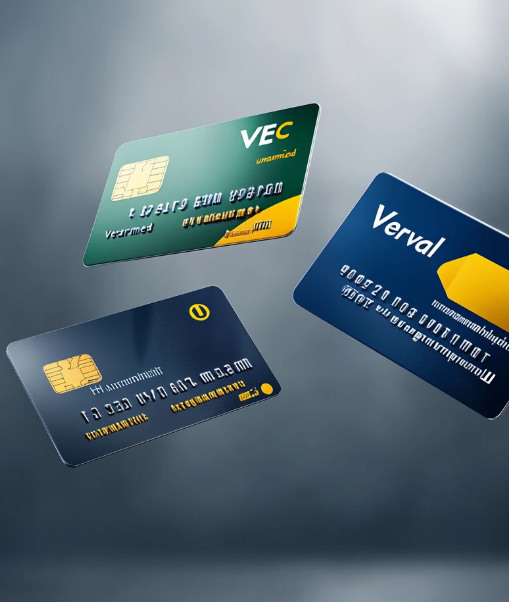Litecoin (LTC), often referred to as the “silver” of cryptocurrencies compared to Bitcoin’s “gold,” has established itself as a key player in the crypto world. Launched in 2011 by Charlie Lee, a former Google engineer, Litecoin offers unique features, including speed and lower transaction fees, that have made it popular among users and investors. This guide explores Litecoin’s origins, how it works, and its potential in the crypto space, helping you understand why it remains a notable cryptocurrency to watch.
What Is Litecoin?
Litecoin was created by Charlie Lee with the goal of addressing some of Bitcoin’s limitations. A fork of Bitcoin’s blockchain, Litecoin shares many similarities with its predecessor, but it also includes several enhancements. Lee’s primary objective was to create a cryptocurrency that is faster, more affordable, and easier to use, making it more accessible for everyday transactions.
Key Differences Between Litecoin and Bitcoin
Although Litecoin is built on the same fundamental principles as Bitcoin, several distinctions set it apart:
- Transaction Speed: Litecoin processes transactions significantly faster than Bitcoin. While Bitcoin generates new blocks every 10 minutes, Litecoin completes its block generation in just 2.5 minutes, making it more efficient for day-to-day transactions.
- Supply: Litecoin has a maximum supply of 84 million coins, compared to Bitcoin’s 21 million. This larger supply helps to control inflation and ensures broader access.
- Mining Algorithm: Unlike Bitcoin, which uses the SHA-256 algorithm for mining, Litecoin utilizes the Scrypt algorithm. Scrypt is designed to be more memory-intensive, allowing miners with different hardware to participate, thus promoting decentralization.
How Does Litecoin Work?
Litecoin operates on a Proof of Work (PoW) algorithm, using Scrypt to secure its network. This memory-intensive algorithm was specifically chosen to prevent mining centralization, making it more accessible to a wider range of miners. The PoW mechanism ensures that all transactions are validated and recorded on the blockchain, keeping the network decentralized.
Mining Litecoin: Scrypt vs. SHA-256
The Scrypt algorithm’s memory-intensive nature makes Litecoin mining more accessible to individual miners, unlike Bitcoin’s SHA-256, which requires highly specialized hardware (ASIC miners). This allows more people to participate in Litecoin mining, contributing to the decentralized nature of the network.
Litecoin Transactions and Speed
Thanks to its faster block generation time, Litecoin is well-suited for quick transactions and small payments. With blocks generated every 2.5 minutes, Litecoin can handle a higher volume of transactions than Bitcoin. Additionally, the lower transaction fees make it an attractive choice for users who need to send small amounts of money efficiently.
Why Invest in Litecoin?
Investing in Litecoin offers several advantages that make it an appealing choice for many investors:
- Faster Transactions and Lower Fees: Litecoin’s ability to process transactions quickly and at a lower cost makes it an ideal option for microtransactions and everyday payments.
- Proven Stability: As one of the longest-standing cryptocurrencies, Litecoin has developed a reputation for stability and reliability. Its active development community ensures continuous improvements and security.
- Growth Potential: Litecoin’s continued adoption, technological advancements, and strong community support position it for future growth.
How to Buy Litecoin
To purchase Litecoin, follow these steps:
- Choose an Exchange: Find a reputable exchange that supports Litecoin, such as Binance or Coinbase.
- Create an Account: Register on the platform and complete identity verification.
- Deposit Funds: Add funds to your account using your preferred method, such as a bank transfer or credit card.
- Buy Litecoin: With funds in your account, place an order for Litecoin, either by market or limit order.
- Store Your Litecoin: After purchasing, you can either leave your LTC on the exchange or transfer it to a secure wallet.
Storing Litecoin: Wallet Options
Securing your Litecoin is crucial after purchase. There are several options for storing your LTC:
- Hardware Wallets: These offline devices, such as Ledger and Trezor, provide the highest level of security, safeguarding your Litecoin from online threats.
- Software Wallets: Apps like Exodus or Atomic Wallet offer a balance of security and ease of use, suitable for everyday transactions.
- Paper Wallets: A physical printout of your private keys, paper wallets offer a secure offline storage option but require careful handling to avoid damage or loss.
Litecoin Mining: A Step-by-Step Guide
Mining Litecoin involves solving cryptographic puzzles to validate transactions and secure the network. Miners are rewarded with newly created Litecoin. The mining process is essential to maintaining the decentralization and security of the network.
Hardware for Litecoin Mining
To mine Litecoin, you need specialized hardware:
- ASIC Miners: These machines are optimized for Litecoin mining and provide the highest hash rates, which are critical for successful mining.
- Mining Software: Options like CGMiner and EasyMiner allow miners to connect their hardware to the Litecoin network and manage the mining process.
Before starting, it’s important to calculate the potential profitability of mining based on electricity costs, hardware efficiency, and Litecoin’s current market price.
Litecoin’s Place in the Crypto Ecosystem
Litecoin serves as a complement to Bitcoin by offering faster and cheaper transactions. While Bitcoin is often viewed as a store of value (“digital gold”), Litecoin positions itself as a practical “digital silver,” ideal for everyday transactions and microtransactions.
Litecoin’s diverse use cases include:
- Peer-to-Peer Payments: Litecoin’s speed and low fees make it perfect for quick payments.
- Microtransactions: Litecoin’s affordability makes it ideal for tipping, in-app purchases, or paying for digital goods.
- Investment Diversification: Litecoin provides investors with a way to diversify their cryptocurrency portfolio, offering unique advantages compared to Bitcoin.
Final Thoughts
Litecoin remains a key player in the cryptocurrency world, offering a fast, efficient, and cost-effective alternative to Bitcoin. Whether you are looking to invest, mine, or use Litecoin for transactions, understanding its features and benefits will help you make informed decisions in the ever-evolving crypto market. As the ecosystem continues to grow, Litecoin’s role as a reliable and practical digital currency will likely increase, making it a solid choice for those seeking a versatile cryptocurrency.













